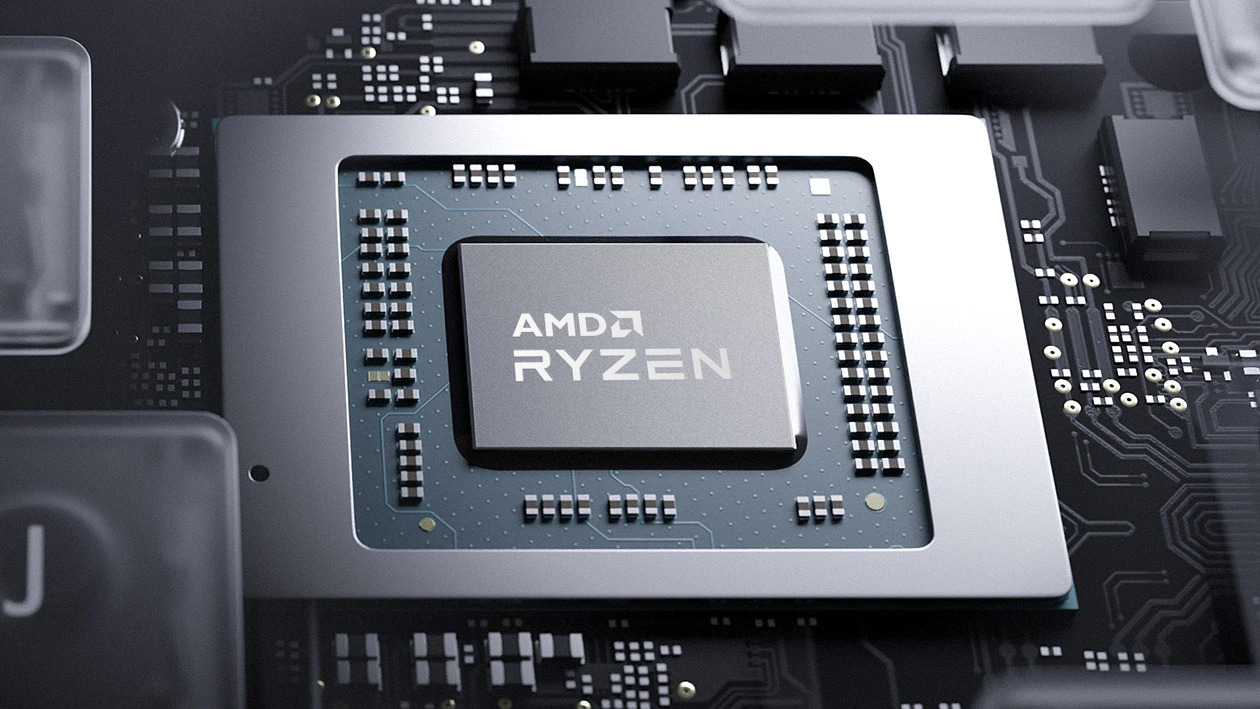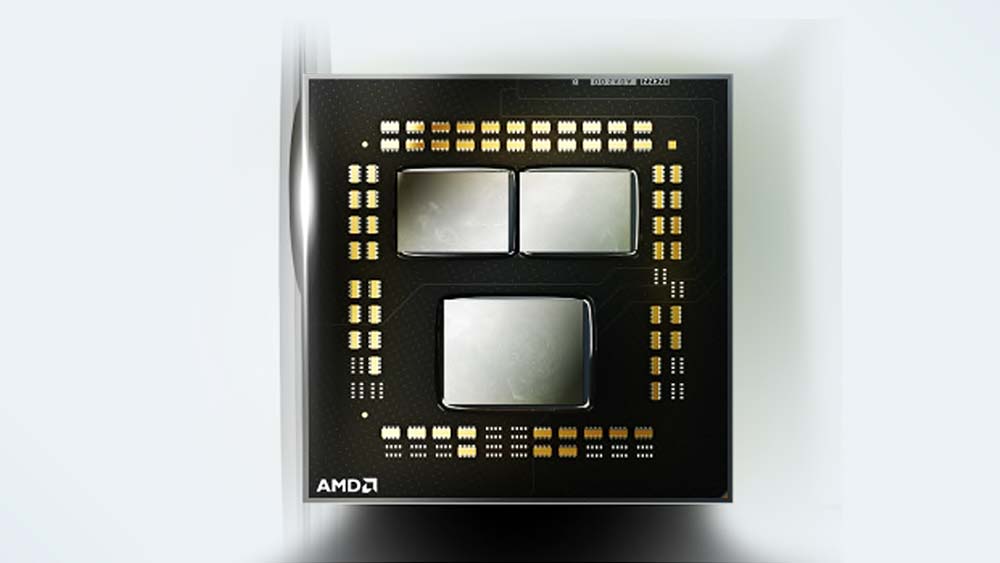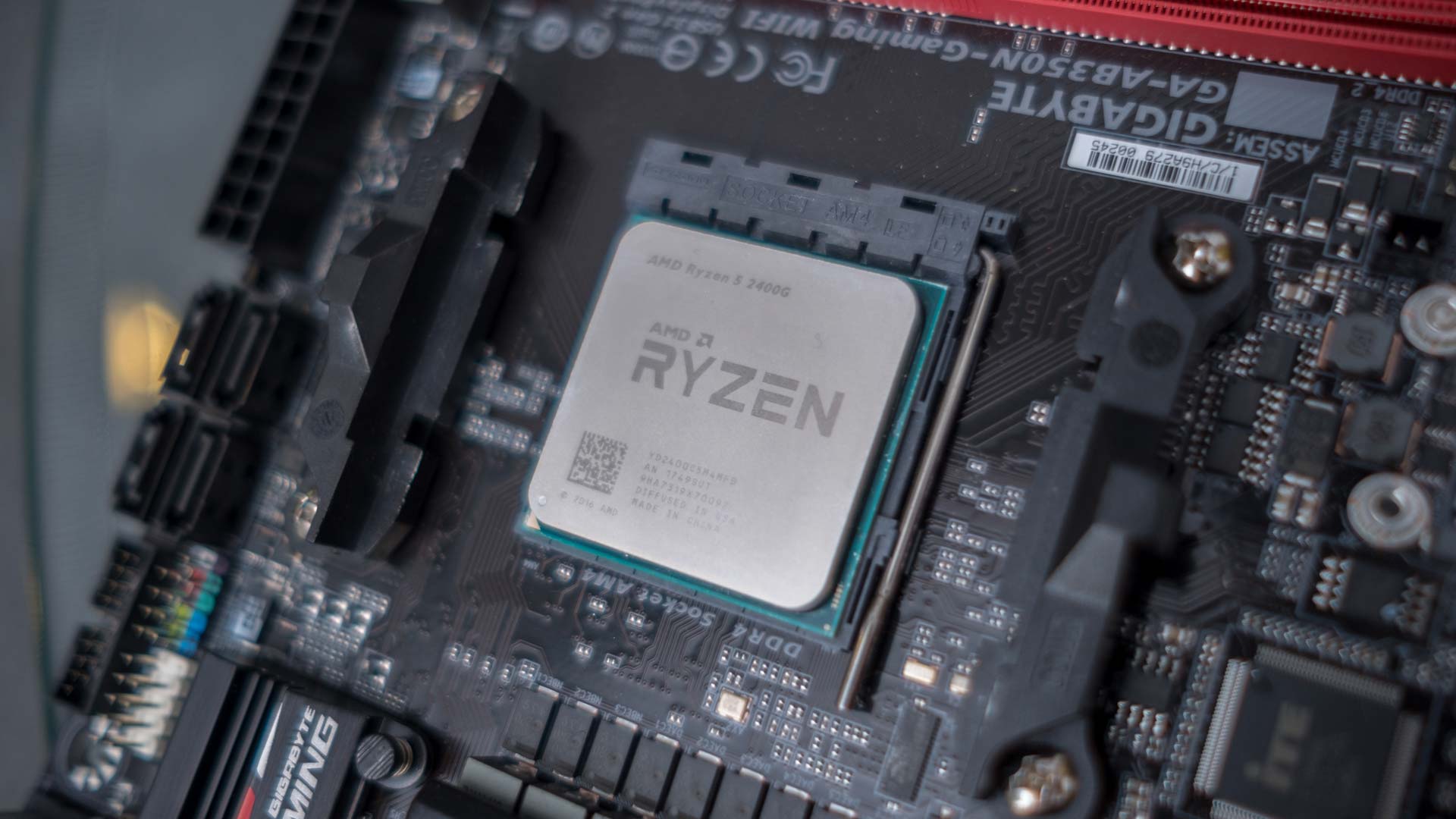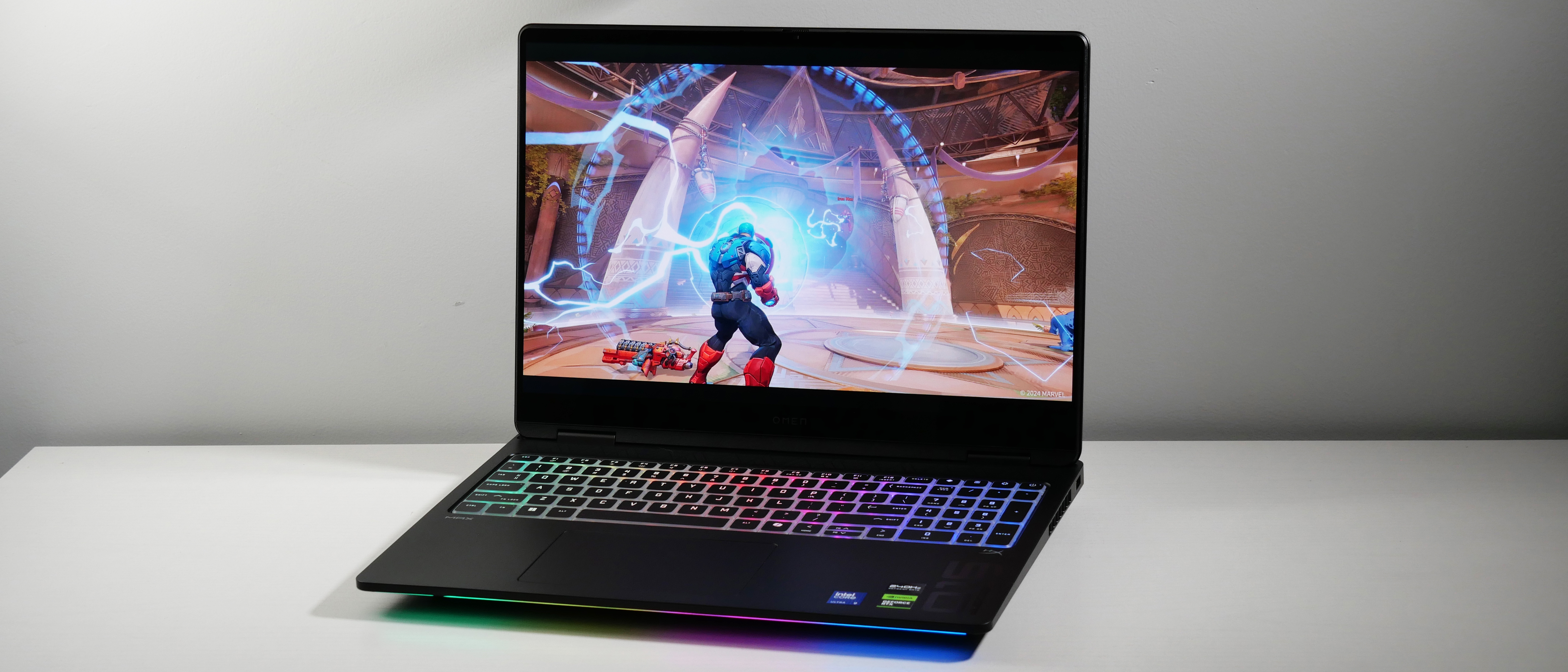AMD Ryzen CPUs in 2022
Everything you need to know

AMD Ryzen CPUs are at the forefront of AMD’s efforts to challenge Intel’s dominance in the laptop space. Thanks to their Zen 3+ architecture, the new Ryzen 6000 series CPUs have made a strong impression on the market at the start of 2022 with promises of even more to come later this year as Zen 4 based Ryzen 7000 series CPUs become available.
At AMD’s Product Premier during CES in early January, they revealed 13 new laptop CPUs in the Ryzen 6000 and Ryzen 5000 lines. All Ryzen 6000 series chips are based on the improved 6nm Zen 3+ architecture while the new Ryzen 5000 series chips will be brought up from Zen 2 to the newer 7nm Zen 3 process.
| Model | Cores / Threads | Boost Frequency | Cache | TDP |
| AMD Ryzen 9 6980HX | 8C/16T | Up to 5.0GHz | 20MB | 45W+ |
| AMD Ryzen 9 6980HS | 8C/16T | Up to 5.0GHz | 20MB | 35W |
| AMD Ryzen 9 6900HX | 8C/16T | Up to 4.9GHz | 20MB | 45W+ |
| AMD Ryzen 9 6900HS | 8C/16T | Up to 4.9GHz | 20MB | 35W |
| AMD Ryzen 7 6800H | 8C/16T | Up to 4.7GHz | 20MB | 45W |
| AMD Ryzen 7 6800HS | 8C/16T | Up to 4.7GHz | 20MB | 35W |
| AMD Ryzen 5 6600H | 6C/12T | Up to 4.5GHz | 19MB | 45W |
| AMD Ryzen 5 6600HS | 6C/12T | Up to 4.5GHz | 19MB | 35W |
| AMD Ryzen 7 6800U | 8C/16T | Up to 4.7GHz | 20MB | 15-28W |
| AMD Ryzen 5 6600U | 6C/12T | Up to 4.5GHz | 19MB | 15-28W |
| AMD Ryzen 7 5825U | 8C/16T | Up to 4.5GHz | 20MB | 15W |
| AMD Ryzen 5 5625U | 6C/12T | Up to 4.3GHz | 19MB | 15W |
| AMD Ryzen 3 5425U | 4C/8T | Up to 4.1GHz | 10MB | 15W |
Quick stat breakdown
Ryzen CPUs are named first by the product line: Ryzen 3, Ryzen 5, Ryzen 7 and Ryzen 9. Higher numbers represent a higher tier of CPU. The second part of the name is the series or generation the chip belongs to and again a higher number indicates a higher performance part. Last is the CPU’s suffix, which categorizes the chip into four groups based on intended usage.

U-series is for lower wattage, thin-and-light configurations that won’t require substantial cooling systems and will offer longer battery life at the expense of performance.
H- and HS-series are intended for high performance laptops and accordingly draw as much as double the amount of power and are likely to be found in systems that have similarly more demanding components like ultra high-res displays.
HX-series are CPUs enabled for overclocking, which allows advanced users to boost the performance speed of the CPU beyond the listed range with the understanding that system stability can no longer be guaranteed.
Core count is the number of available CPU processing units which are used to execute tasks. More is always better. The thread count is the CPU’s ability to execute tasks simultaneously, this gets a little muddier as it depends on the specific workload to take advantage of a higher thread count. Gaming increasingly takes advantage of multithreading and certain post-processing effects in specific games do benefit from multithreading. However, tasks like video rendering see substantial performance benefits from a higher CPU thread count.
Stay in the know with Laptop Mag
Get our in-depth reviews, helpful tips, great deals, and the biggest news stories delivered to your inbox.

Boost frequency, also known as clock speed, represents the CPUs performance speed. The listed numbers are the speed of the processor during a selected performance boost which takes place during heavy workloads and is considered the CPUs rated top speed. A CPUs frequency is a major contributor to both thermal output and power draw and overclocking a CPU pushes these limits in pursuit of extra processing power.
CPU cache is a small on-board memory pool that the processor uses to store frequently accessed data in a space where it can be accessed many times faster than from your hard drive. A higher cache allows for more of this data to be placed in high speed memory.
TDP (Thermal Design Power) is the measurement, in watts, of the CPU’s maximum power consumption. The overclockable HX-series are not rated with a set TDP because this value increases with overclocking. The number listed for these CPUs is the maximum without any overclocking.
Zen 3+ Ryzen 6000: New and improved
Ryzen 6000 series chips on the Zen 3+ platform feature some important improvements. The move to DDR5 CPU cache from DDR4 means even faster memory access on top of Zen 3’s unified 16MB cache layout, which represented a key improvement over the Zen 2 split cache design. USB 4.0 support will help with data transfer speeds and latency for advanced peripherals.

Wi-Fi 6E support will enable laptops to stay at full signal strength across longer distances and in places where interference would otherwise cause connectivity problems, such as spaces heavily congested with other wireless signals. RDNA2 integrated graphics promise to offer a competitive experience with dedicated GPUs, according to AMD. Future benchmarking will tell the complete story about how far you can push the on-board graphics when running modern games.
Zen 3 Ryzen 5000U series
Ryzen 5000 series CPUs on this list represent new additions to the 5000 series and run on original Zen 3 technology, improved over the previous 5000 series Zen 2 chips. AMD appears interested in keeping choices for lower power configurations plentiful by bringing these 5000U series chips to market. This is good news for people looking for a new, lightweight laptop. While U-series Ryzen 5000 CPUs won’t be powerhouses, they’re sure to be more affordable and accommodate less bulky hardware.
AMD Zen 3+ Ryzen 6000 vs Intel 12th Gen Alder Lake
Comparisons between these two competitors are sure to be a close race. There’s already announced laptops sporting the option to choose between these new flagship CPUs, like the Acer Nitro 5. Intel 12th Gen CPUs talk a more revolutionary game about changing fundamentals to power consumption and their split between power-focused cores and efficiency-focused cores, but most of Intel’s headline changes to Alder Lake are also AMD’s headlines about Zen 3+ and Ryzen 6000: Wi-Fi 6E, faster peripheral connectivity, a more potent integrated GPU and enhanced DDR5 memory.

The changes to Intel’s 12th gen chips make direct number comparisons a little difficult. AMDs top chip has 8 cores and 16 threads compared to Intel’s 6 cores and 8 threads for its “P-Cores” and 8 cores and 8 threads for its “E-Cores.” Does this mean AMD has the edge? Not necessarily.
Likewise, AMD is using a 6nm node process while Intel is on a less dense 7nm process for Alder Lake, where traditionally a denser microprocessing technique yields better results, even this measurement isn’t the be-all end-all. It’ll be up to hands-on tests and benchmarking to provide a full picture on how these chips really measure up.
